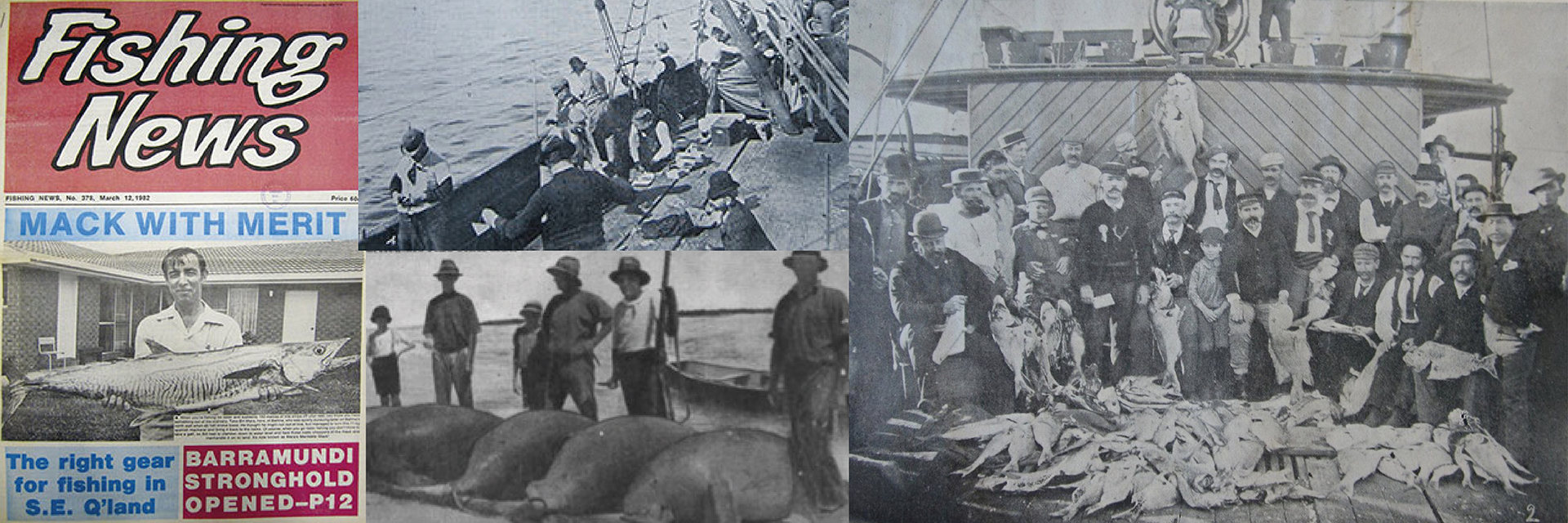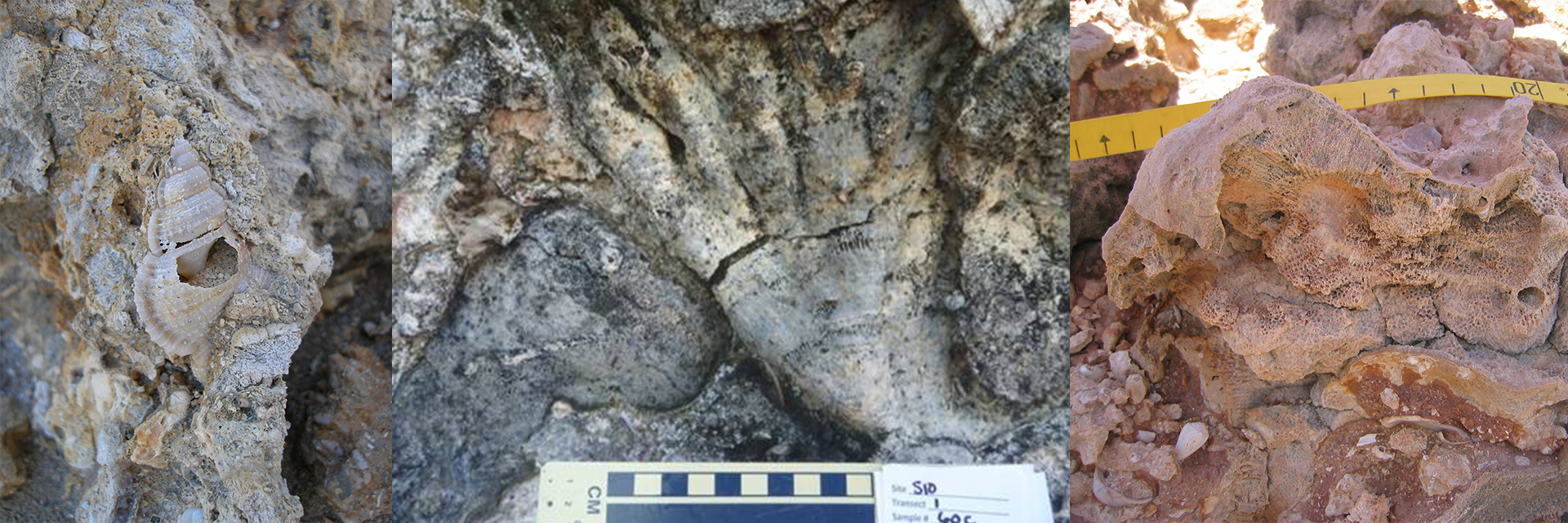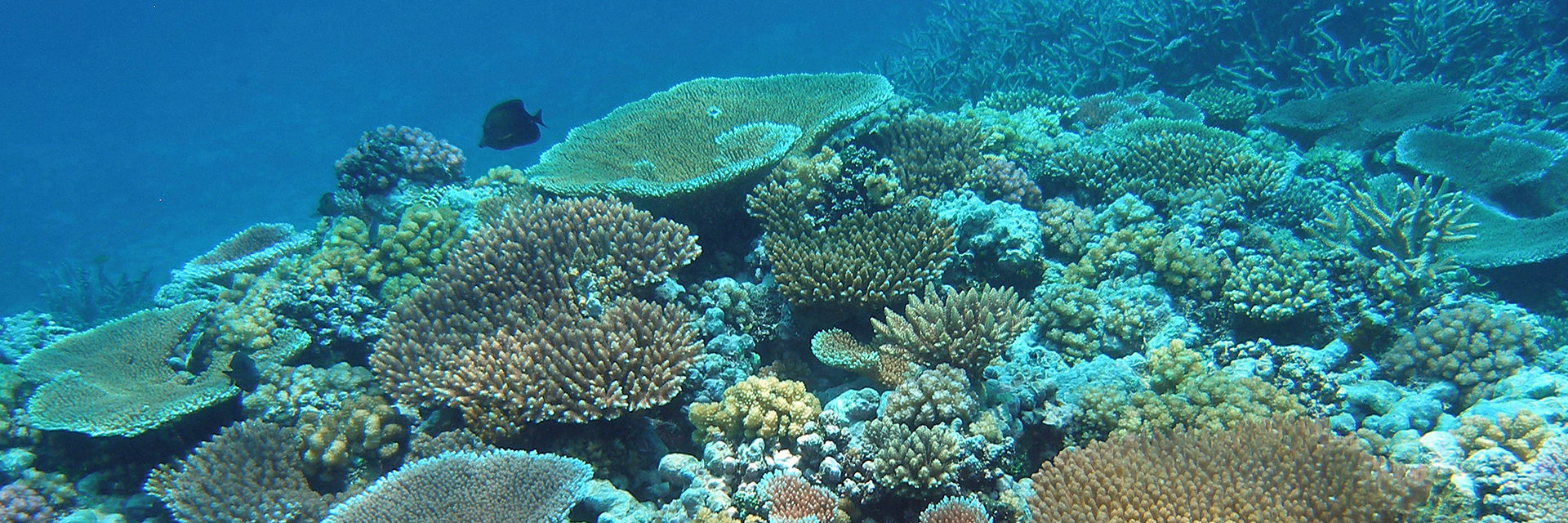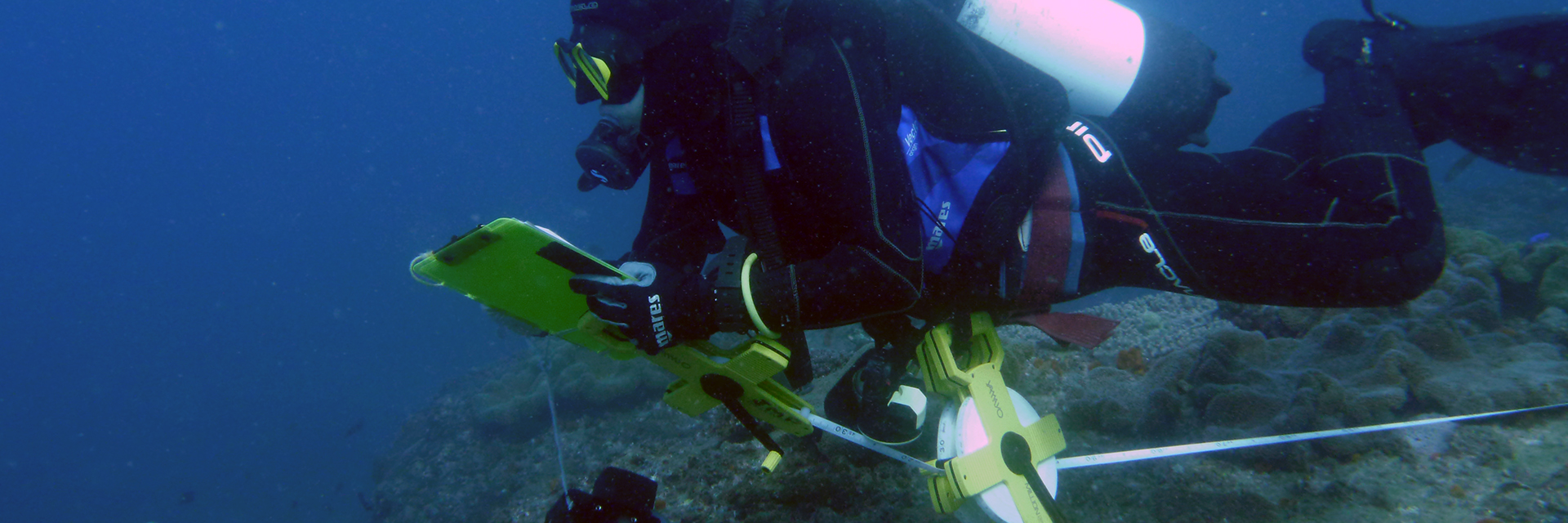Through the Indo-Pacific Ancient Ecosystems Project we were recently (beginning of March 2012) invited by Dr Tomoki Kase form National Science Museum (Japan) and Dr Yolanda Aguilar from Mines and Geosciences Bureau (Philippines) to join them in their fieldwork on the island of Negros in the Philippines. During previous visits to Negros Dr Kase and Dr Aguiliar discovered several fossil bearing outcrops probably Late Oligocene to Late Miocene in age.
The main goal of this fieldtrip for us was to both to assist our hosts in their search for fossil mollusks and to build rapport with our Philippine counterparts in order to initiate future collaborations. Yet, while on site we were able to initiate a short reconnaissance trip of our own. Dr Willem Renema (our collaborator on the Indo-Pacific Ancient Ecosystems Project), our driver, two policemen (safety reasons) and I (Morana Mihaljević) went for a little adventure that proved to be very productive, discovering new outcrops that have well preserved foraminifera and corals whilst driving around the Kabankalan area!
Foraminifera are often used in biostratigraphy due to their high diversity, abundance and test complexity. Hence, foraminiferal assemblages are specific and can be assigned to a particular time period with an accuracy of up to 1-3 million years. They can also provide useful information about the palaeoenvironments (e.g. depth). Dr Renema is a foraminifera specialist and he is interested in understanding complex and so far undocumented stratigraphy of the region. Whereas, I was trying to collect fossil corals with well preserved taxonomic characters to expand my dataset to my analysis of coral diversity through the Neogene.
Great fossils, beautiful landscape and nice people — a very successful fieldtrip!!! Found fossils show much better preservation then fossils we encountered on our previous fieldtrips to Sarawak, Malaysia. We collected around 500kg of samples and are now impatiently waiting for them to arrive to Brisbane so we can start analyzing them.









